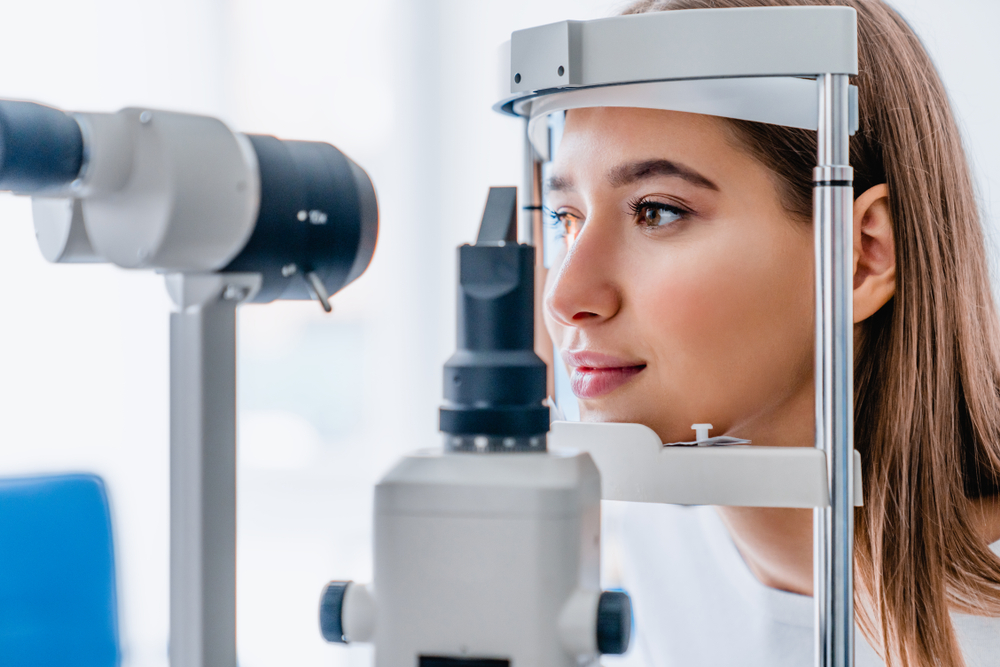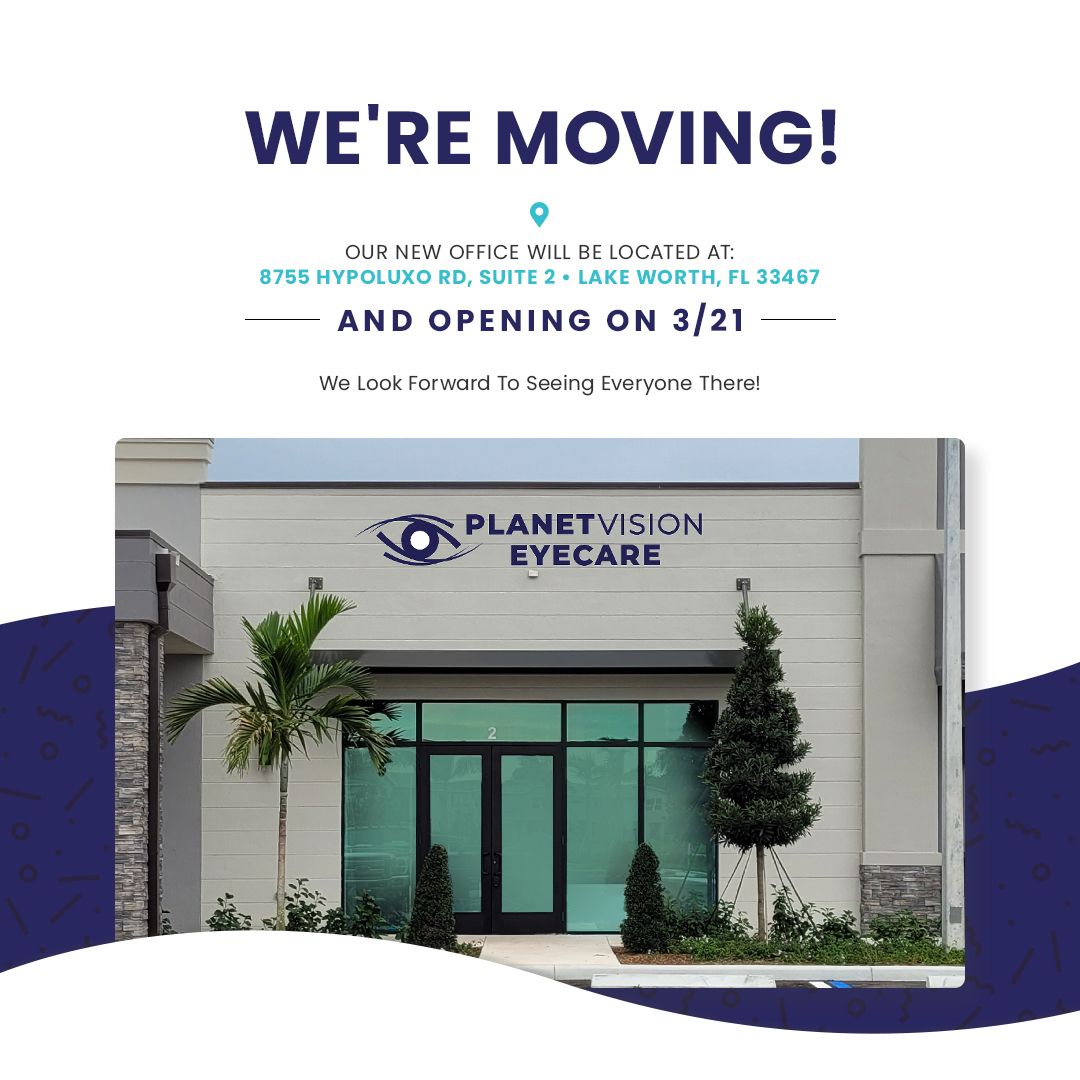
In today's world, where we spend countless hours on screens, our eyes are under constant strain. This can lead to various eye problems, and one such issue is nearsightedness. Nearsightedness, medically known as myopia, is a common vision condition that affects millions of people worldwide. In this article, we will delve into the world of myopia, understand its causes, symptoms, treatments, and preventative measures, and learn how to live with nearsightedness and maintain good eye health.
Before we dive into the details, it is essential to understand what nearsightedness is and how it affects our vision. This knowledge will help us recognize the signs and symptoms and take appropriate actions to manage the condition.
What is Nearsightedness?
Myopia, commonly known as nearsightedness, is a refractive error in the eye that causes objects at a distance to appear blurry and unclear. People with myopia can see nearby objects clearly, but their vision becomes blurry when they try to focus on distant objects. This happens because the light entering the eye does not focus correctly on the retina, the light-sensitive tissue at the back of the eye. Instead, the light focuses in front of the retina, causing distant objects to appear out of focus.
Nearsightedness is a widespread condition that affects people of all ages, including children, teenagers, and adults. The prevalence of myopia has been increasing in recent years, with experts attributing this rise to various factors such as increased screen time, reduced outdoor activities, and genetic predisposition.
Common Signs and Symptoms of Nearsightedness
People who are nearsighted often experience the following signs and symptoms:
Blurry vision when looking at distant objects: This is the most common symptom of nearsightedness. Objects at a distance appear blurry and unclear, making it difficult to see and recognize details
Squinting to see better: Nearsighted individuals may squint their eyes to try and see distant objects more clearly. Squinting helps focus the light more precisely on the retina, improving clarity temporarily
Headaches and eye strain: Struggling to see distant objects can cause headaches and eye strain. This is especially true for those who have not been diagnosed with nearsightedness and are unaware of their condition
Difficulty with night vision: Nearsighted individuals may have more trouble seeing at night or in low-light conditions, making tasks like driving more challenging
Needing to sit closer to the television or screen: People with nearsightedness may find themselves sitting closer to screens or moving closer to objects to see them more clearly
Causes and Risk Factors of Nearsightedness
Several factors contribute to the development of nearsightedness, including both genetic and environmental factors. Some of the primary causes and risk factors of myopia include:
Genetics: If one or both parents are nearsighted, their children are more likely to develop myopia. Researchers have identified several genes associated with the development of nearsightedness, indicating a strong genetic component
Environmental factors: Studies have shown that spending more time outdoors and engaging in activities that require focusing on distant objects can help reduce the risk of developing nearsightedness. Conversely, spending more time indoors and focusing on close-up tasks, such as reading or using electronic devices, can increase the risk of myopia
Age: Myopia typically develops during childhood and adolescence and can continue to progress until the early twenties
Ethnicity: Some ethnic groups, such as people of East Asian descent, have a higher prevalence of nearsightedness
Diagnosing Nearsightedness
An eye care professional can diagnose nearsightedness during a comprehensive eye exam. The exam may include the following tests:
Visual acuity test: This test measures the sharpness of your vision at various distances. You will be asked to read letters or numbers on a chart positioned at a specific distance
Refraction test: This test helps determine the degree of nearsightedness by using a device called a phoropter. The phoropter contains various lenses that are placed in front of your eyes to determine the best corrective lenses needed to achieve clear vision
Eye health examination: The eye care professional may also examine the overall health of your eyes, including the retina and optic nerve, to rule out any other eye conditions that could be causing vision problems
Myopia Treatments
Although there is no cure for nearsightedness, various treatment options can help correct vision and improve the quality of life for nearsighted individuals. Some of the available treatments for myopia include:
Eyeglasses
Corrective lenses in the form of eyeglasses are the most common treatment for nearsightedness. The lenses help focus light correctly on the retina, allowing for clear distance vision.
Contact Lenses
Contacts can provide a wider field of view and better peripheral vision compared to eyeglasses, making them a popular alternative for many nearsighted individuals.
Orthokeratology (Ortho-K)
This treatment involves wearing specially designed rigid contact lenses overnight to temporarily reshape the cornea. This reshaping helps focus light correctly on the retina, providing clear vision during the day without the need for corrective lenses.
Refractive Surgery
Procedures such as LASIK and PRK can permanently reshape the cornea to correct nearsightedness. These surgeries can provide long-lasting vision improvements and reduce or eliminate the need for corrective lenses.
Preventative Measures for Nearsightedness
While nearsightedness is not entirely preventable, certain steps can help reduce the risk of developing myopia or slow its progression. Some preventative measures include
Spending More Time Outdoors
Research suggests that spending more time outdoors during childhood can help reduce the risk of developing nearsightedness. Outdoor activities encourage focusing on distant objects and may also provide beneficial exposure to natural sunlight.
Taking Breaks From Close-up Tasks
Encourage regular breaks from close-up tasks such as reading, using electronic devices, or other near work. This can help reduce eye strain and the risk of myopia progression.
Proper Lighting
Ensure adequate lighting when reading or working on close-up tasks to reduce eye strain.
Regular Eye Exams
Regular eye exams can help detect nearsightedness early, allowing for proper treatment and management to prevent further vision problems.
Conclusion
Living with nearsightedness can be challenging, but by understanding the condition and taking appropriate steps to manage it, you can maintain good eye health and enjoy an active lifestyle. Regular eye exams, proper eyewear, and following preventative measures can help reduce the risk of myopia progression and protect your vision. Although there is no cure for nearsightedness, advancements in treatments and corrective lenses continue to improve the quality of life for those affected by myopia.
For more information on myopia, visit Planet Vision Eyecare at our Lake Worth, Florida office. Please call (561) 556-4600 to schedule an appointment today.









